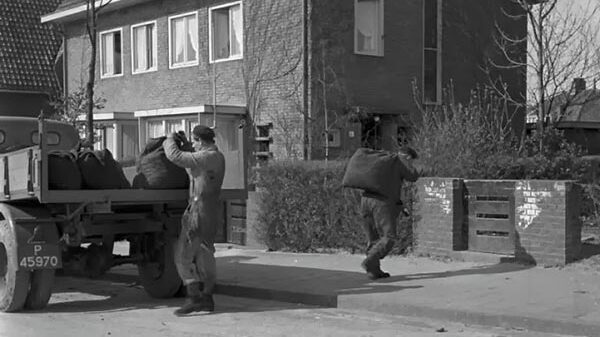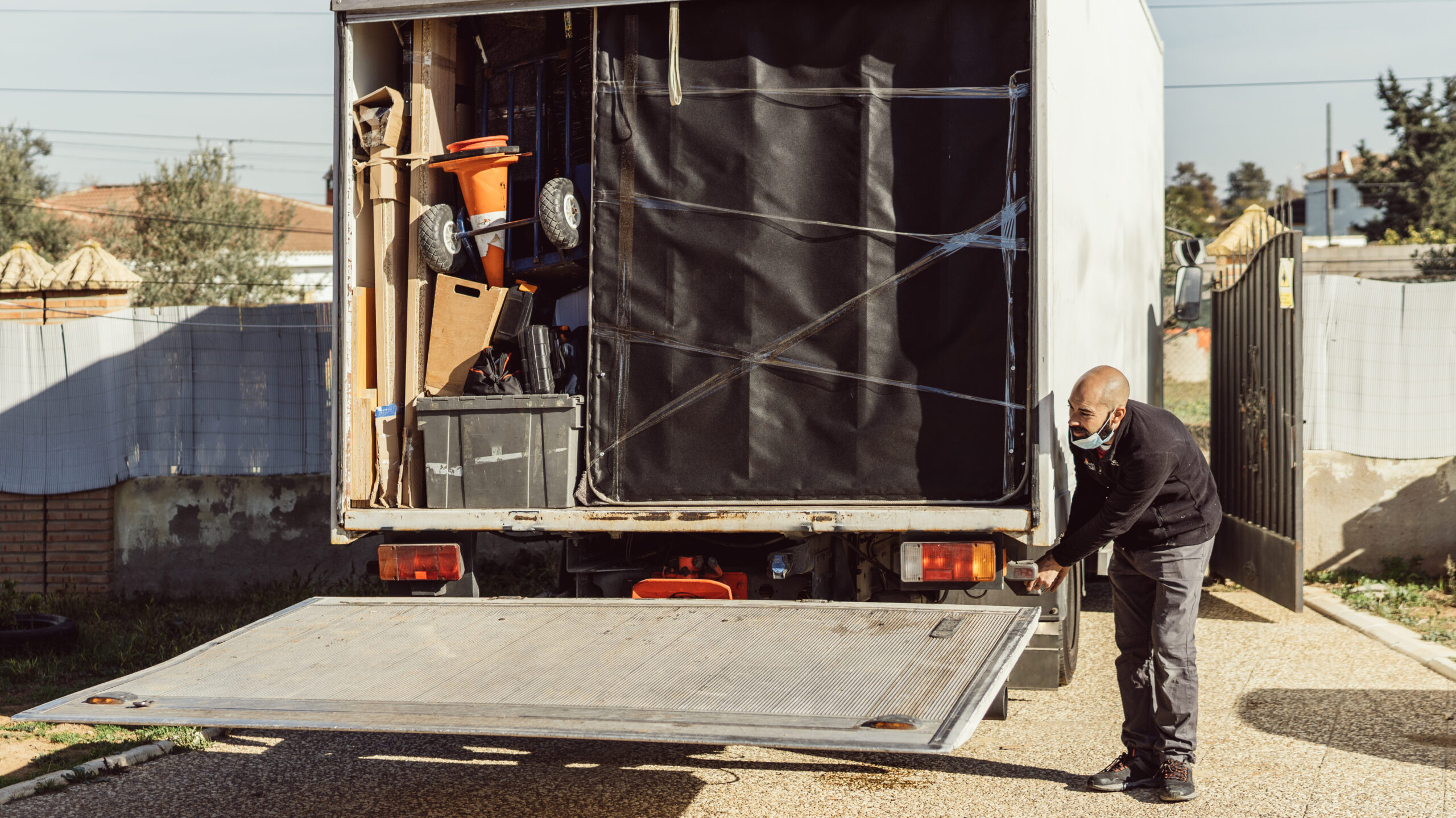



History
The history of the tail lift
Between 1950 and 1970, a true revolution took place in the field of transportation. Traditional forms of transport, such as sailing ships and steam locomotives, gave way to more modern alternatives. The rise of the airplane led to the disappearance of ocean liners, while freight transport by sea experienced explosive growth.
However, the most remarkable change was seen on the road. The passenger car brought about a true mobility revolution, while the truck struggled to keep up with rapid industrialization. This period marked a time of profound changes and innovations that would forever transform the transportation sector.
Road transport
The increase in suburbanization and mass production led to a growing demand for transportation. In the 1970s, as small inland shipping disappeared, this role was taken over by road transport. Trucks were increasingly used for the transportation of goods.
In the early years of road transport, trucks were still loaded and unloaded manually, resulting in double occupancy of drivers in each truck.
The first tail lift
In the 1980s, the German company Teha developed the first tail lift, powered by an electric motor. With the rise of hydraulically powered tail lifts in the same period, it was no longer necessary to man trucks with two drivers. This reduced manual labor, lowering the risk of injuries and damage to goods.
Hydraulically powered tail lifts also made it possible to transport heavy goods, with the tail lift serving as a connection between the loading bed, the floor, and the warehouse floor.


Related wiki's
Sliding cylinder drive
Learn how the double-acting sliding cylinder functions to efficiently slide the tail lift in and out, despite the challenges of its mounting location under the tail lift.
Drive with a hydro motor
Discover how hydraulic motors enhance the efficiency and control of tail lift drives through direct power transmission and minimal space requirements. Learn more about their integration with gears and hydraulic systems for smooth operation.
Tilt, up and down tilt
Discover the three different methods to effectively manage tail lift skew. Each system has its own features and applications. Read far